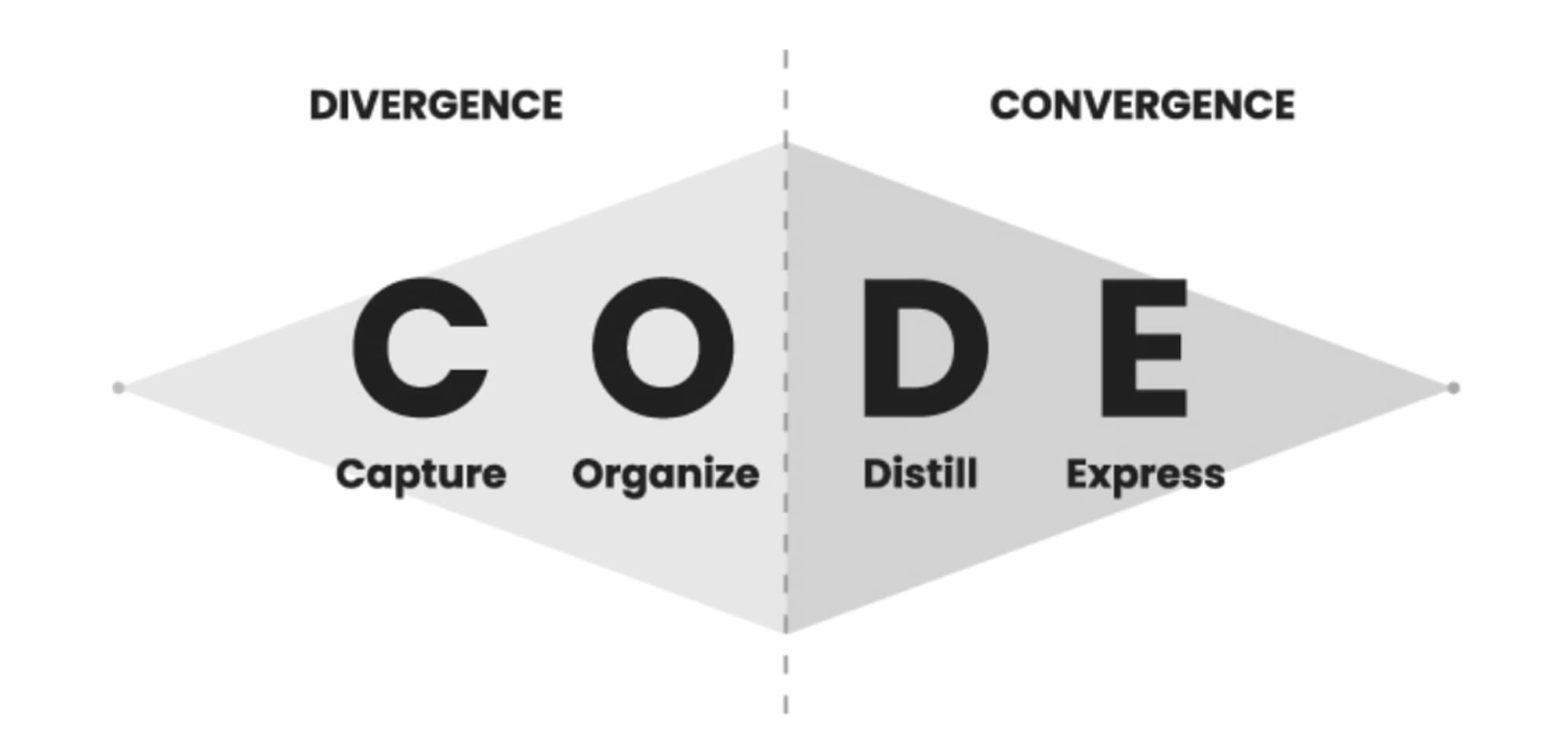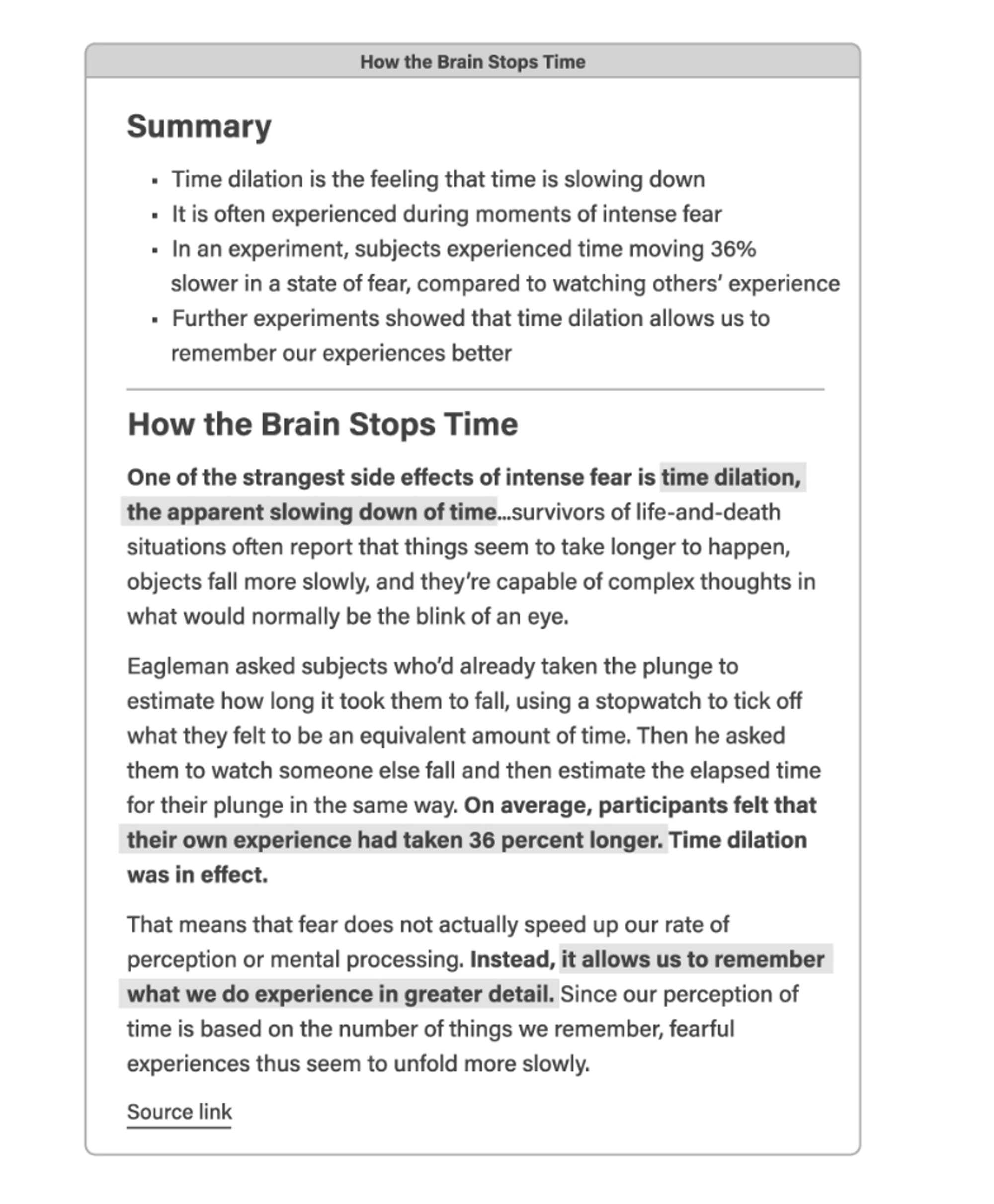I’m an avid notetaker. Taking notes from various sources and then distilling them into something meaningful for me, is how I crystalize my thinking.
Building a Second Brain was a great fit for me. There were several great ideas that I’ve incorporated into my note-taking process.
Your brain is for having ideas, not for holding them.
PARA
PARA is a system for organizing your notes for action. Your notes should contribute to some outcome. Whatever doesn’t help you to make progress, is probably distracting you.
Be picky about what you save. If you’re not surprised, then you already knew it at some level. Avoid confirmation bias - saving what you already know.
Every piece of information you want to save can be placed into one of just four categories:
- Projects: Short-term efforts in your work or life that you're working on now (Promotion, Redesign).
- Areas: Long-term responsibilities you want to manage over time (e.g. Family, Health).
- Resources: Topics or interests that may be useful in the future. This will fuel your upcoming projects.
- Archives: Inactive items from the other three categories. Archiving notes out of sight is an important aspect of this system. The human mind needs a clean workspace to work most efficiently.
Campsite Rule
Leave the campsite better than you found it.
This rule is often quoted in programming, but it also fits perfectly for note-taking.
Every time you touch a note, you should make it a little more discoverable for your future self. Keep improving the note, every time you visit it. Add highlight, heading, some bullets, or a comment.
Bit by bit, I end up with a lot of great notes without too much effort at once.
Rewriting notes using your own language is also very useful. It’s known as a Generation Effect - You’re more likely to remember information you’ve written in your own words.

Progressive Summarization
Progressive summarization is a method of condensing information through multiple readings. It is a technique used for managing a large amount of information.
- Initial Capture: The first step is to collect or capture the information from various sources. This could be in the form of notes, articles, books, videos, podcasts, etc.
- First Layer of Summarization: Make bold the most important or striking points within the material. The goal is to quickly identify the parts that seem most useful or insightful.
- Second Layer: This time, you highlight the parts of the bolded text that are even more significant. The purpose is to identify the essence of what's valuable in the content.
- Third Layer: Create a summary in your own words or condense the highlighted and bolded sections into a shorter form.

The perfect system doesn’t exist
The only way to know whether you’re getting the good stuff is to try putting it to use in real life. Don’t worry about whether you’re capturing “correctly.” There’s no right way to do this, and therefore, no wrong way.
Any system that must be perfect to be reliable is deeply flawed. You should prefer a system that is imperfect, but that continues to be useful in the real conditions of your life.